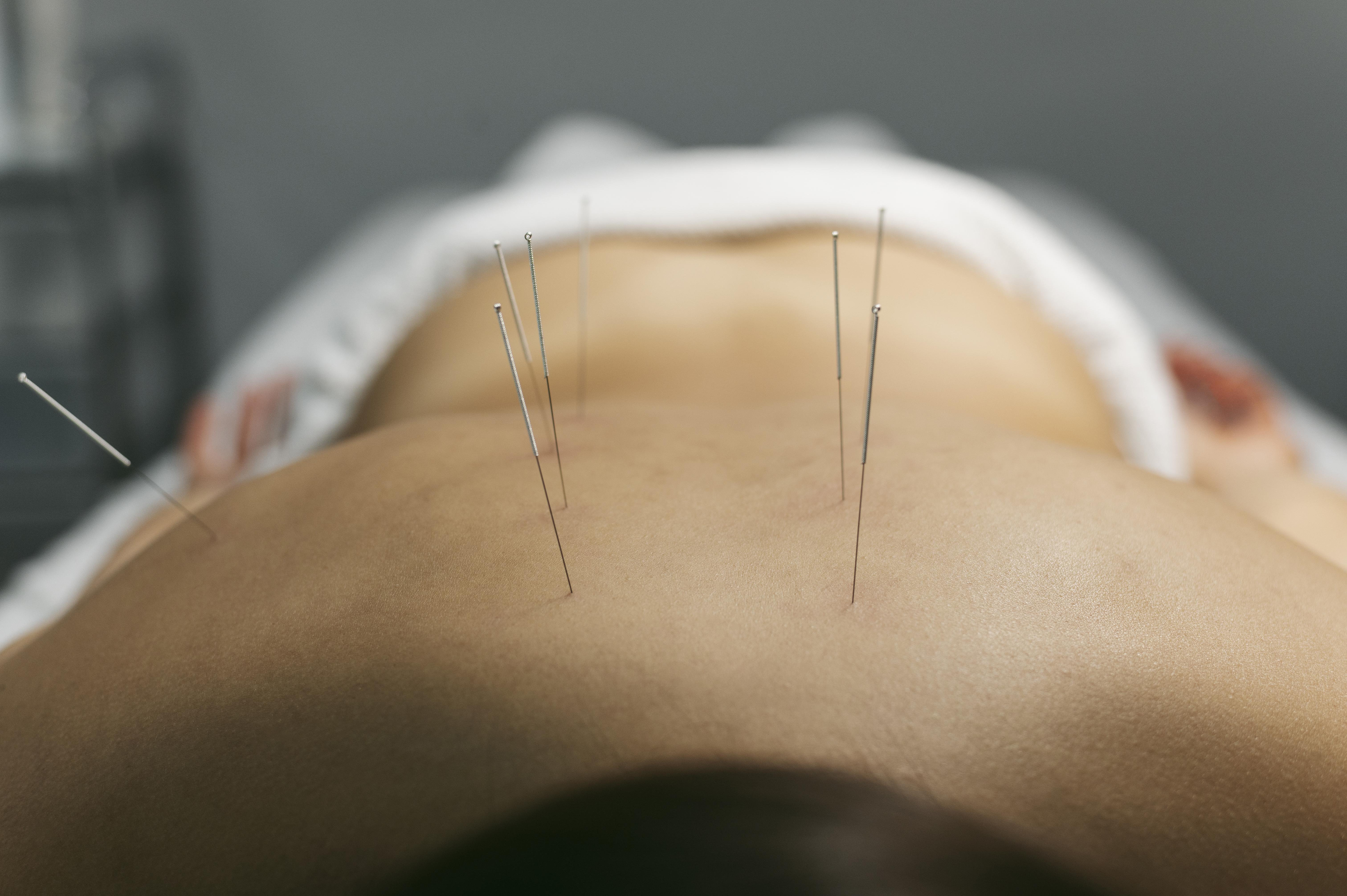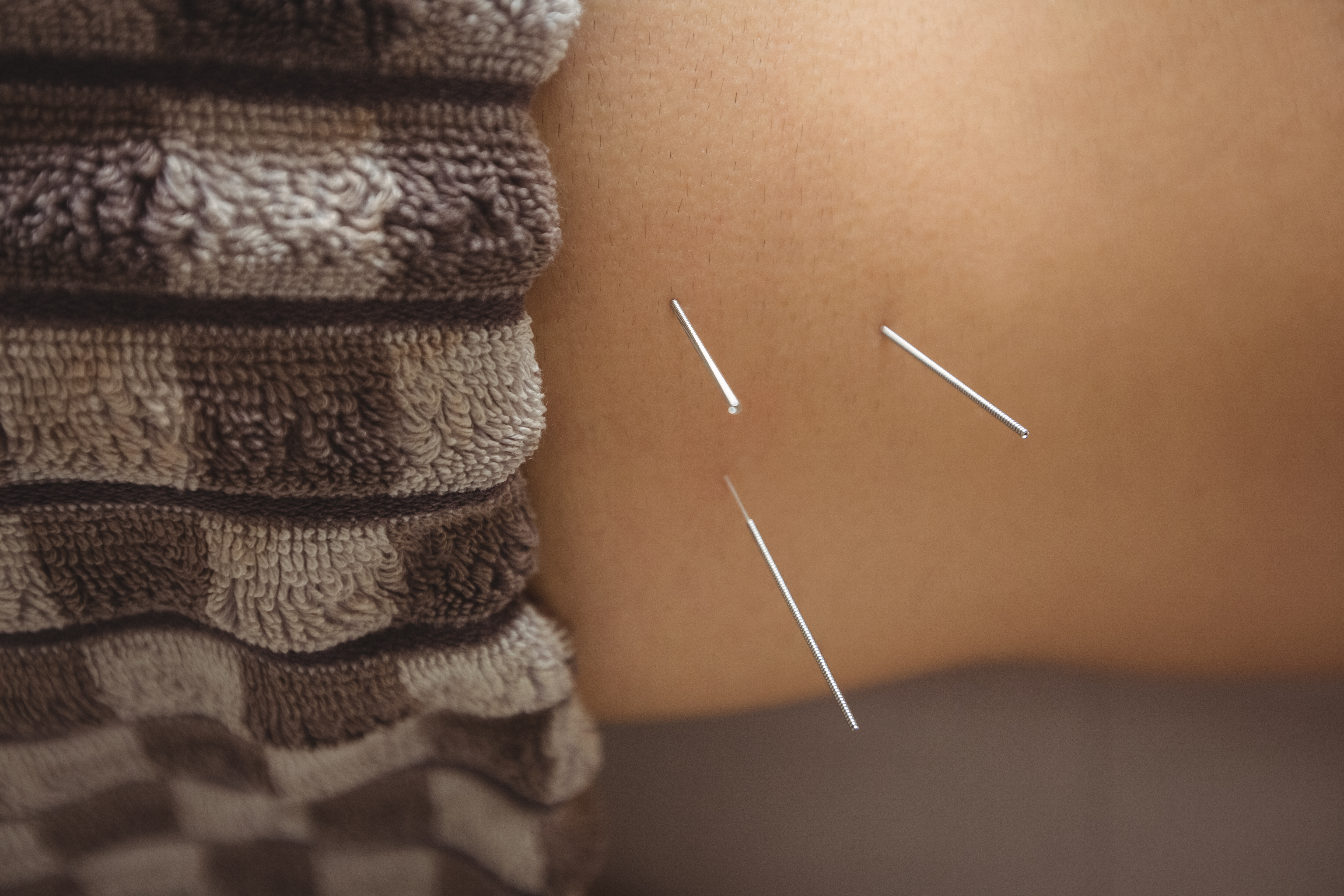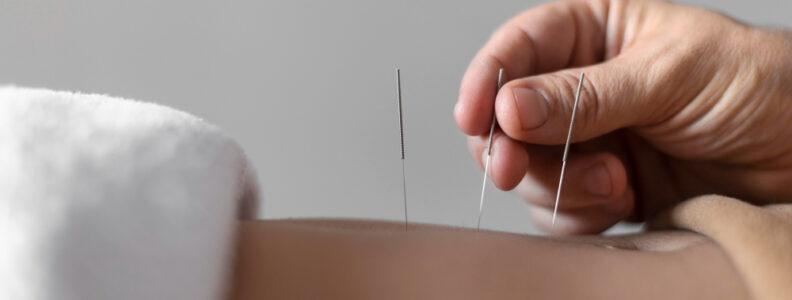Acupuncture, an ancient healing practice rooted in Traditional Chinese Medicine, has gained increasing recognition in the United States for its potential to address a wide array of health concerns. As you embark on your acupuncture journey, it’s natural to wonder: how do you know if it’s actually working? Unlike conventional medicine, where outcomes might be more immediately quantifiable, the signs of acupuncture’s effectiveness can be multifaceted and sometimes subtle. Understanding these indicators will empower you to track your progress, communicate effectively with your practitioner, and make informed decisions about your care.
If you’re curious about experiencing the benefits of acupuncture and are located in the St. George, Utah area, Holobeing Health and Wellness offers expert care. Understanding how to recognize the signs of effective treatment will empower you to track your progress, communicate effectively with your practitioner, and make informed decisions about your care. To learn more or book your initial consultation, visit our website or call us today.
The Immediate Connection: Understanding “De Qi”
The first clues that acupuncture is engaging your body often arise during the treatment itself. A key concept in acupuncture is “De Qi,” which translates to the “arrival of Qi” or energy. When a needle is inserted and manipulated correctly, you might experience sensations around the needle site that differ from a simple prick. These sensations are often described as a dull ache, a feeling of heaviness, a tingling that might radiate outwards, or a subtle spreading sensation.
“De Qi” is generally considered a positive sign, indicating that the acupuncturist has successfully stimulated the energetic pathways, or meridians, associated with the chosen acupoints. While not everyone experiences “De Qi” intensely, its presence suggests that the body is responding to the treatment. It’s crucial to distinguish these sensations from sharp or intense pain, which should always be communicated to your acupuncturist. Individual experiences of “De Qi” can vary; some may feel it strongly in multiple points, while others experience it more subtly in only a few. Your practitioner is skilled in eliciting and interpreting these sensations, using them as a guide to refine the treatment.

Short-Term Wins: Recognizing Immediate Symptom Changes
In the hours and days following an acupuncture session, you may begin to notice tangible changes in your primary complaint and any related symptoms. For those seeking pain relief, this might manifest as a reduction in the intensity or frequency of pain. If you’ve been experiencing limited mobility, you might find an increased range of motion or improved physical function.
Beyond pain, short-term relief can appear in various forms. Individuals struggling with nausea might experience a lessening of this symptom, while those plagued by headaches could find their severity diminished. Even sleep patterns can show improvement in the days following treatment, with individuals reporting falling asleep more easily or feeling more rested. It’s important to remember that the initial response can fluctuate. Some individuals experience immediate relief, while others may see changes emerge after a few sessions. Diligently tracking your symptoms and communicating these changes, or the absence thereof, to your acupuncturist is vital for tailoring your treatment plan effectively.
The Cumulative Journey: Gradual Effects Over Time
Acupuncture often operates on a cumulative basis, meaning that the benefits build over a series of treatments. Think of it like peeling back layers of an onion – each session addresses deeper imbalances within the body. While you might experience some immediate relief, more significant and lasting results often become apparent after several sessions. For example, the frequency of migraines might gradually decrease, chronic pain levels could see a sustained reduction, or digestive regularity might improve over time.
Adhering to the treatment plan recommended by your acupuncturist is crucial for unlocking these cumulative effects. It’s about more than just chasing immediate relief; it’s about facilitating a fundamental shift in your body’s overall functioning. Your acupuncturist will continuously assess your progress and adjust the treatment plan as needed, ensuring that it remains aligned with your evolving needs. Understanding this cumulative nature helps manage expectations and fosters commitment to the therapeutic process.
Subtle Shifts: Tuning into Overall Well-being
Beyond direct symptom relief, pay attention to more subtle shifts in your overall well-being. These can be significant indicators that acupuncture is positively influencing your body’s internal systems. You might notice a sustained increase in your energy levels and a reduction in persistent fatigue. Sleep quality often improves, with individuals reporting falling asleep more easily, staying asleep for longer durations, and waking up feeling more refreshed.
Emotional balance can also be positively affected, leading to enhanced mood stability and a greater sense of calm. Digestive function might become more regular and comfortable. Furthermore, many individuals report an increased resilience to stress and a better ability to cope with the daily challenges of life. While these changes might not be directly related to your primary complaint, they signify that acupuncture is working to restore harmony within your body.
Objective Markers: Integrating Clinical Assessments
Determining the effectiveness of acupuncture isn’t solely based on subjective feelings. Objective measures and your acupuncturist’s clinical assessments play a crucial role. Through physical examinations, your practitioner may observe tangible changes such as reduced swelling, improved muscle tension, or better posture.
Patient-reported outcome measures, like pain scales or functional questionnaires, provide a standardized way to track your progress. Additionally, the acupuncturist’s traditional diagnostic methods, such as pulse and tongue diagnosis, may reveal shifts that indicate improved energetic balance within your body. By comparing pre-treatment and post-treatment assessments, a comprehensive picture of your progress emerges, integrating your subjective experience with objective findings.
The Absence of the Negative: Recognizing Tolerability
Acupuncture is generally considered a safe treatment with minimal side effects. While mild and temporary effects like minor bruising or soreness at the needle insertion sites can occur, the absence of significant negative side effects can also be an indicator that your body is tolerating the treatment well. This suggests that the therapy is being administered safely and is not causing undue stress to your system. However, it’s important to remember that a lack of side effects alone doesn’t guarantee effectiveness; it needs to be considered alongside other positive indicators.
The Partnership: Trust and Communication
Ultimately, recognizing whether acupuncture is working involves a degree of trust in the process and, crucially, open communication with your acupuncturist. Acupuncture is not always a quick fix, and it often requires a commitment to a series of treatments. Building a strong rapport with your practitioner allows for a more tailored and effective approach.
Providing honest and detailed feedback about your experiences, both positive and negative, enables your acupuncturist to fine-tune the treatment plan. Don’t hesitate to ask questions and express any concerns you may have. Understanding the rationale behind the chosen acupoints and the overall treatment strategy can foster trust and patience, empowering you to be an active participant in your healing journey.

Navigating the Plateau: When Change Isn’t Evident
It’s also important to recognize situations where acupuncture may not be providing the desired results. If you experience a lack of any noticeable improvement in your primary or secondary symptoms after a reasonable number of sessions (typically 5-10, though this can vary), or if your symptoms worsen, it’s crucial to have an open conversation with your acupuncturist.
A feeling of stagnation or a complete lack of change in your overall well-being might also indicate that the current approach needs reevaluation. Your acupuncturist may suggest adjustments to the treatment plan, explore other acupuncture techniques, or even recommend integrating acupuncture with other complementary therapies or seeking advice from other healthcare professionals. Acupuncture can be a powerful tool, but it’s essential to be realistic about its limitations and to explore all appropriate avenues for healing.
The Foundation of Expertise: Choosing a Qualified Practitioner
Finally, the effectiveness of acupuncture is intrinsically linked to the skill and expertise of your practitioner. Seeking treatment from a properly trained and licensed acupuncturist ensures that you are receiving care from someone with the necessary knowledge of acupuncture points, techniques, and safety protocols. Always verify the credentials and licensing of your acupuncturist in your state. A skilled practitioner will conduct a thorough initial assessment, develop a personalized treatment plan based on your specific needs, and continuously monitor your progress.
By paying attention to these various indicators – from the immediate sensations of “De Qi” to gradual improvements in your overall well-being, and by maintaining open communication with a qualified acupuncturist – you can gain a clear understanding of whether acupuncture is working for you and actively participate in your journey towards better health.
If you’re ready to experience the potential benefits of acupuncture and live in the St. George area, we invite you to contact Holobeing Health and Wellness to schedule your appointment. We’re dedicated to helping you achieve your wellness goals.
References:
https://trialsjournal.biomedcentral.com/articles/10.1186/s13063-017-1975-7

